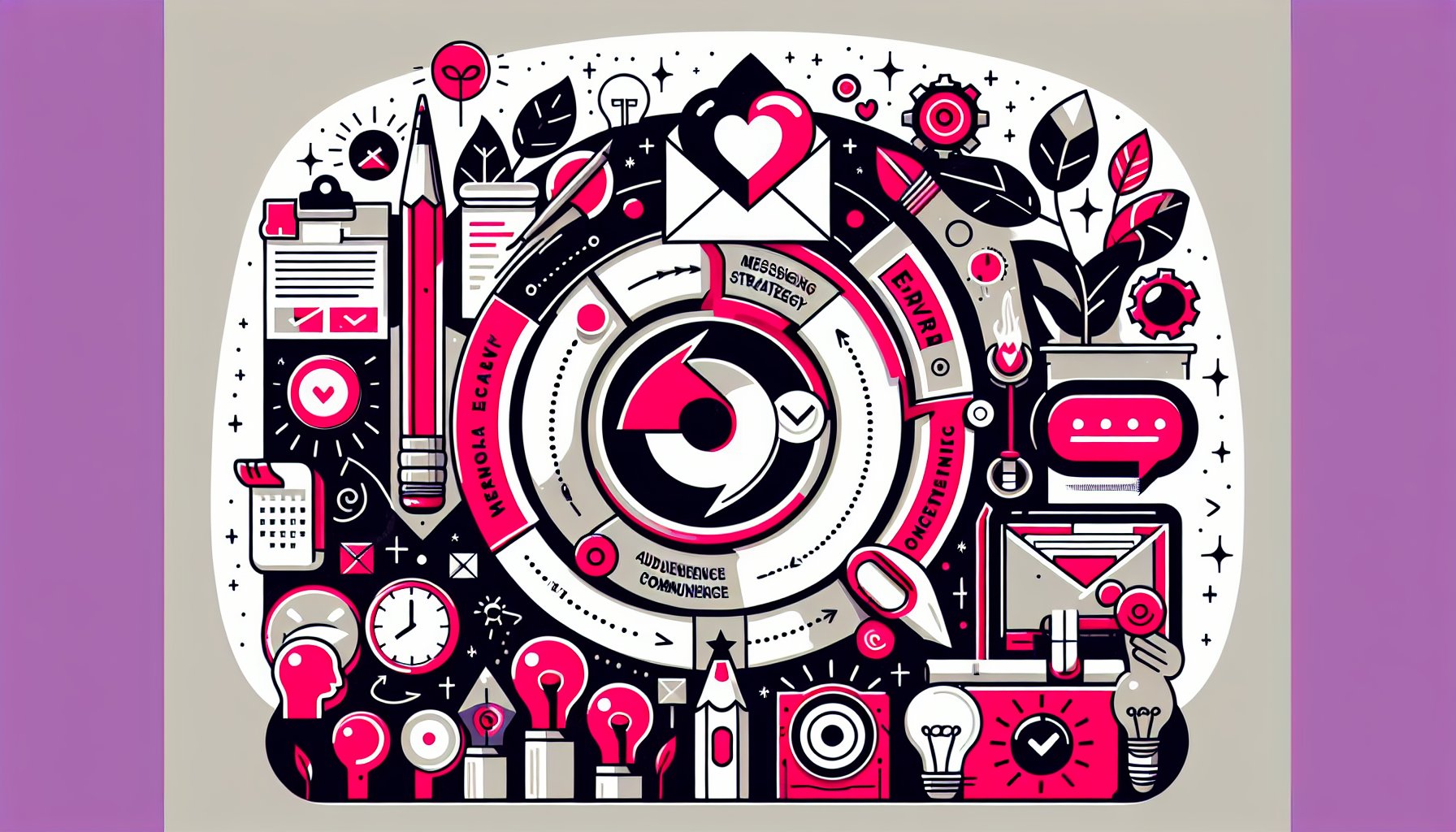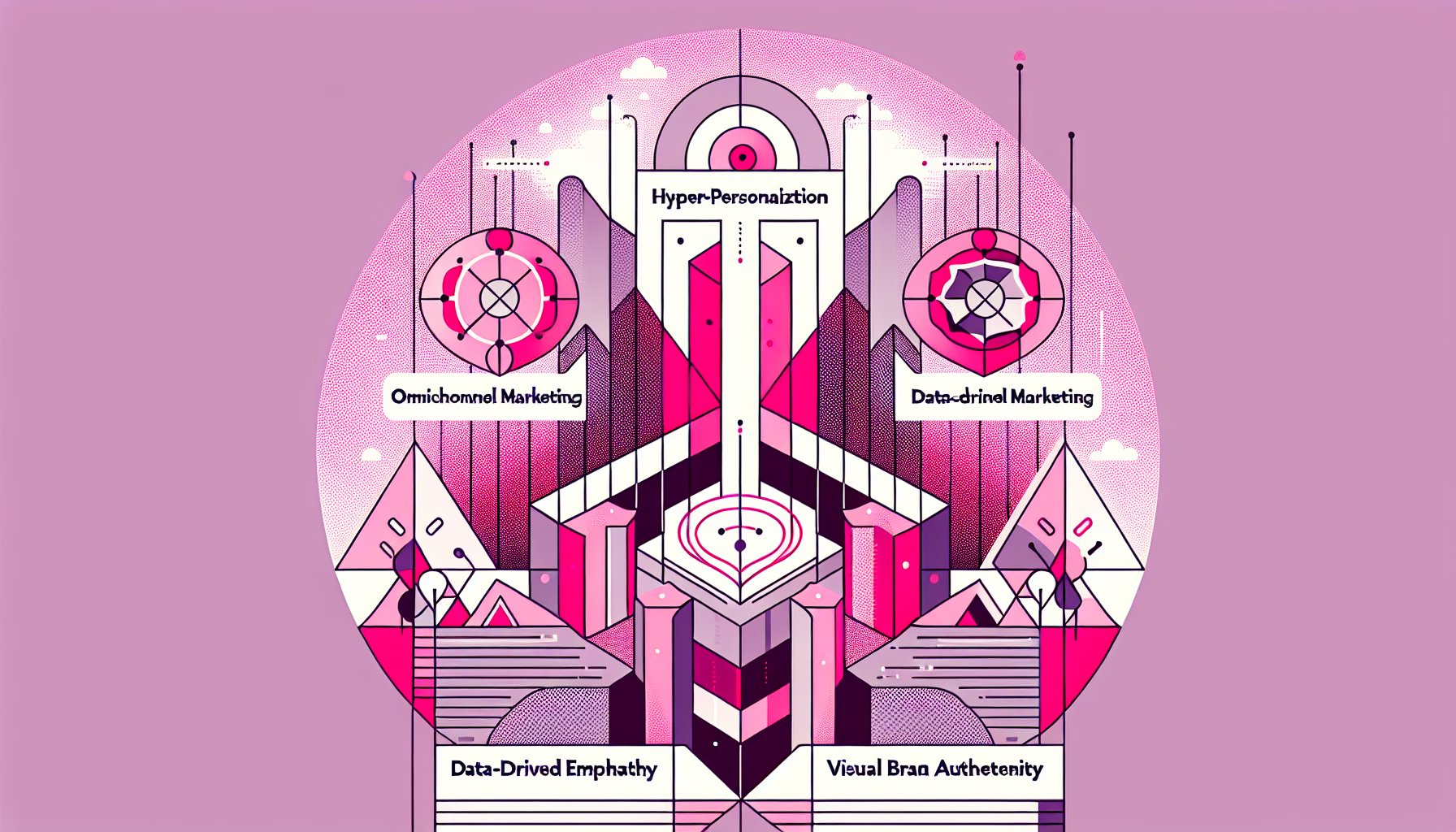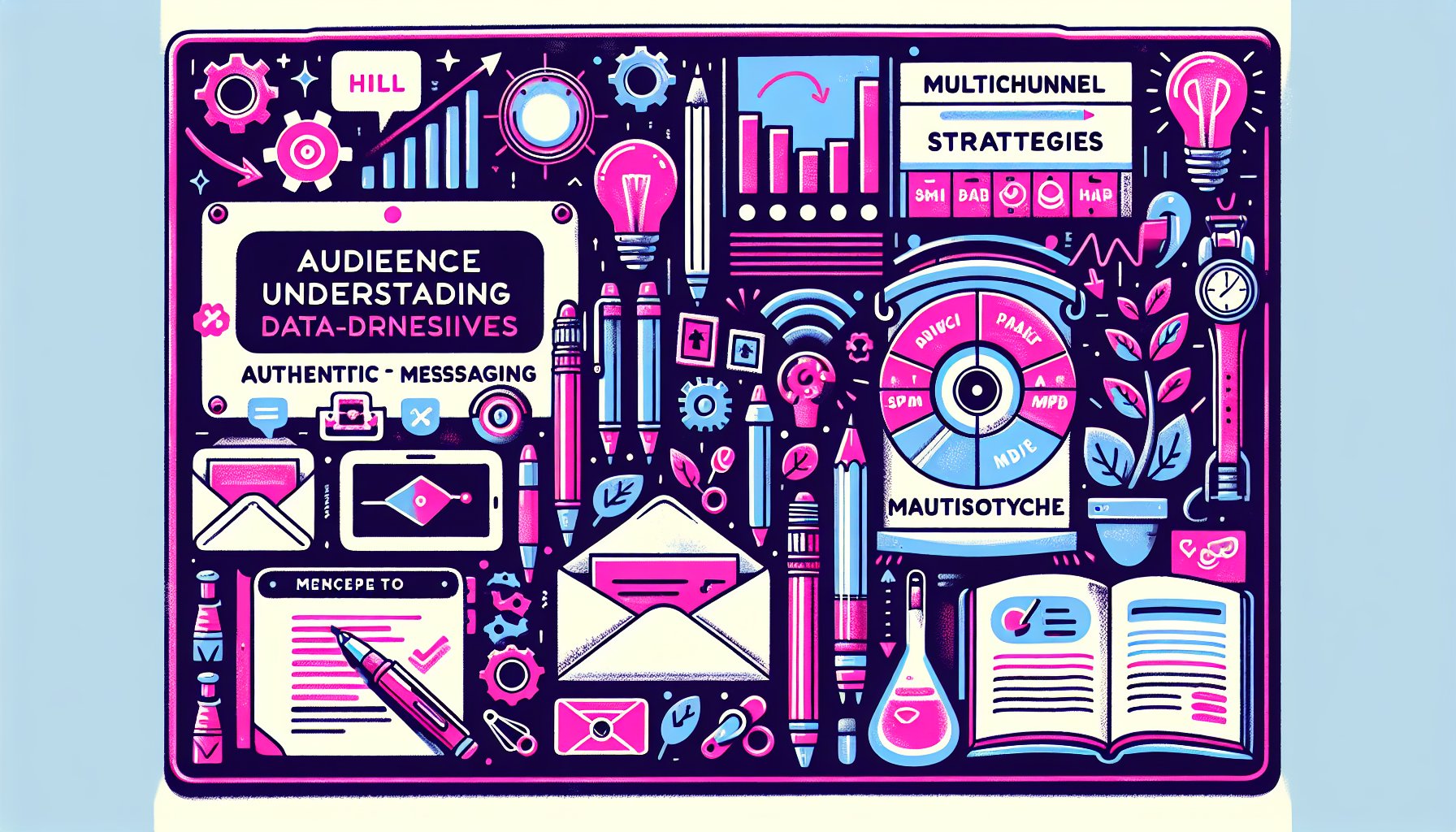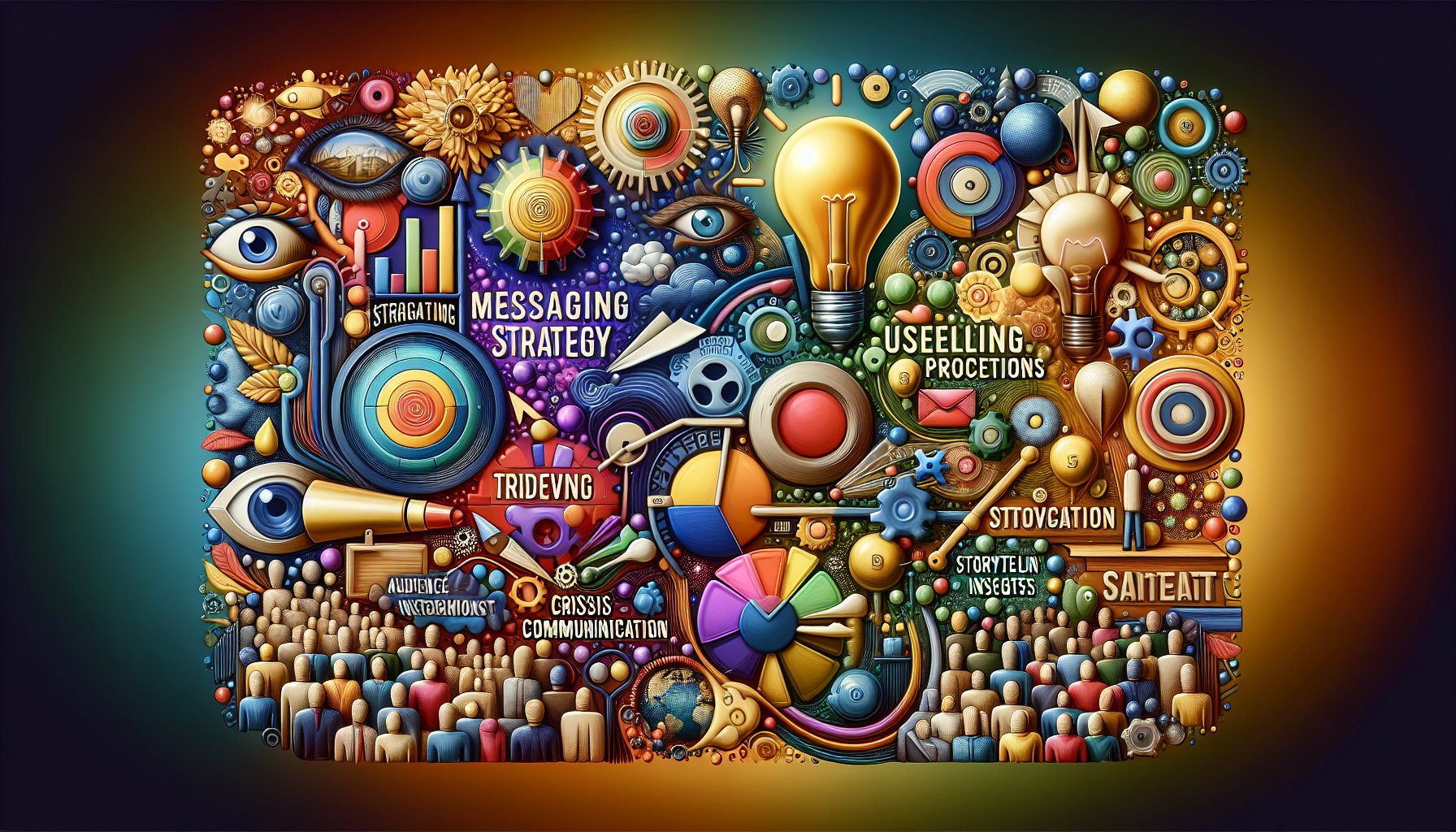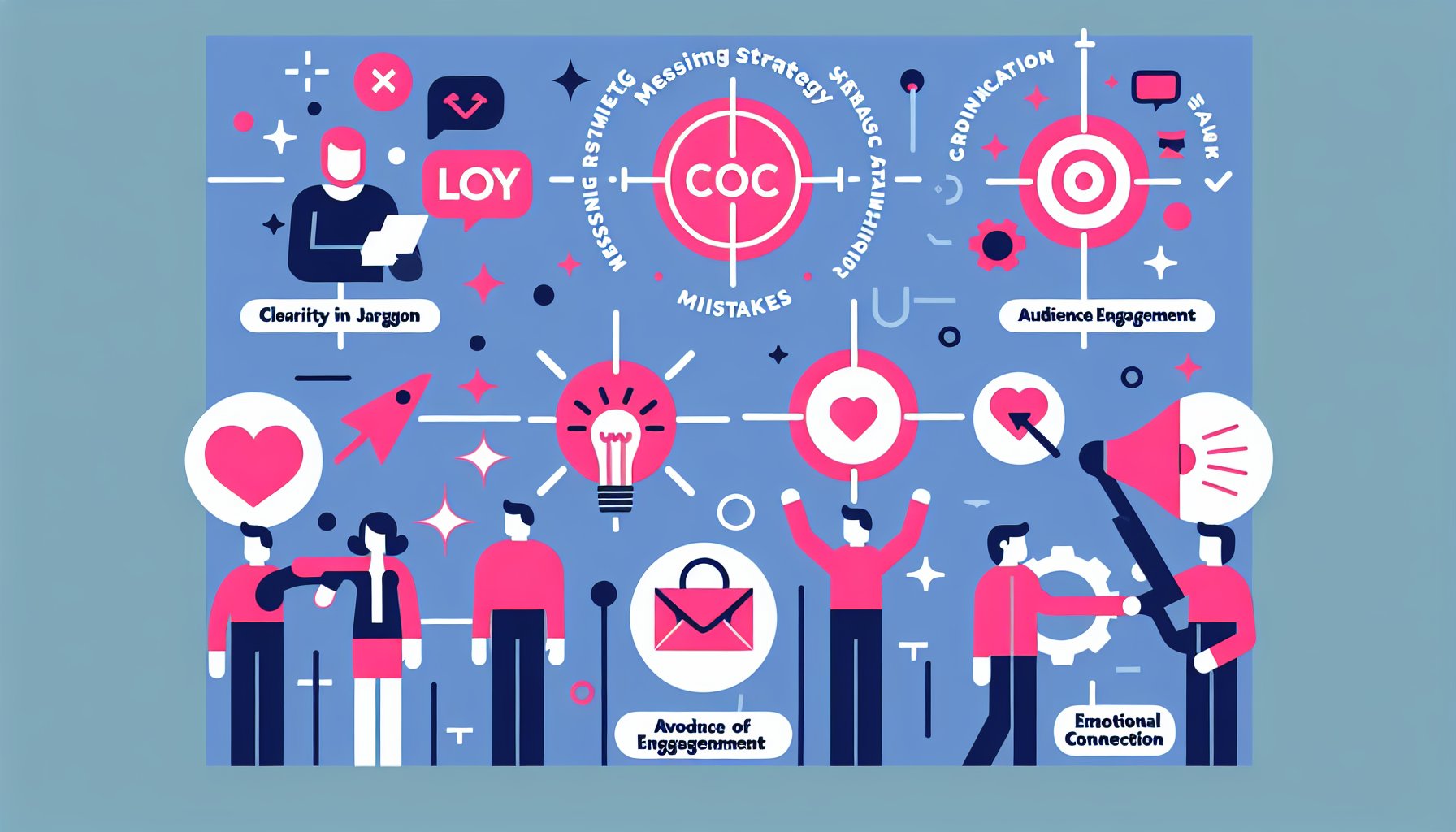Messaging Strategy
How Often Should You Revisit Your Messaging Strategy?
Discover how often you should revisit your messaging strategy to stay relevant and impactful. Learn the balance between change and consistency to resonate with your audience effectively.
Oct 27, 2025
7 min read
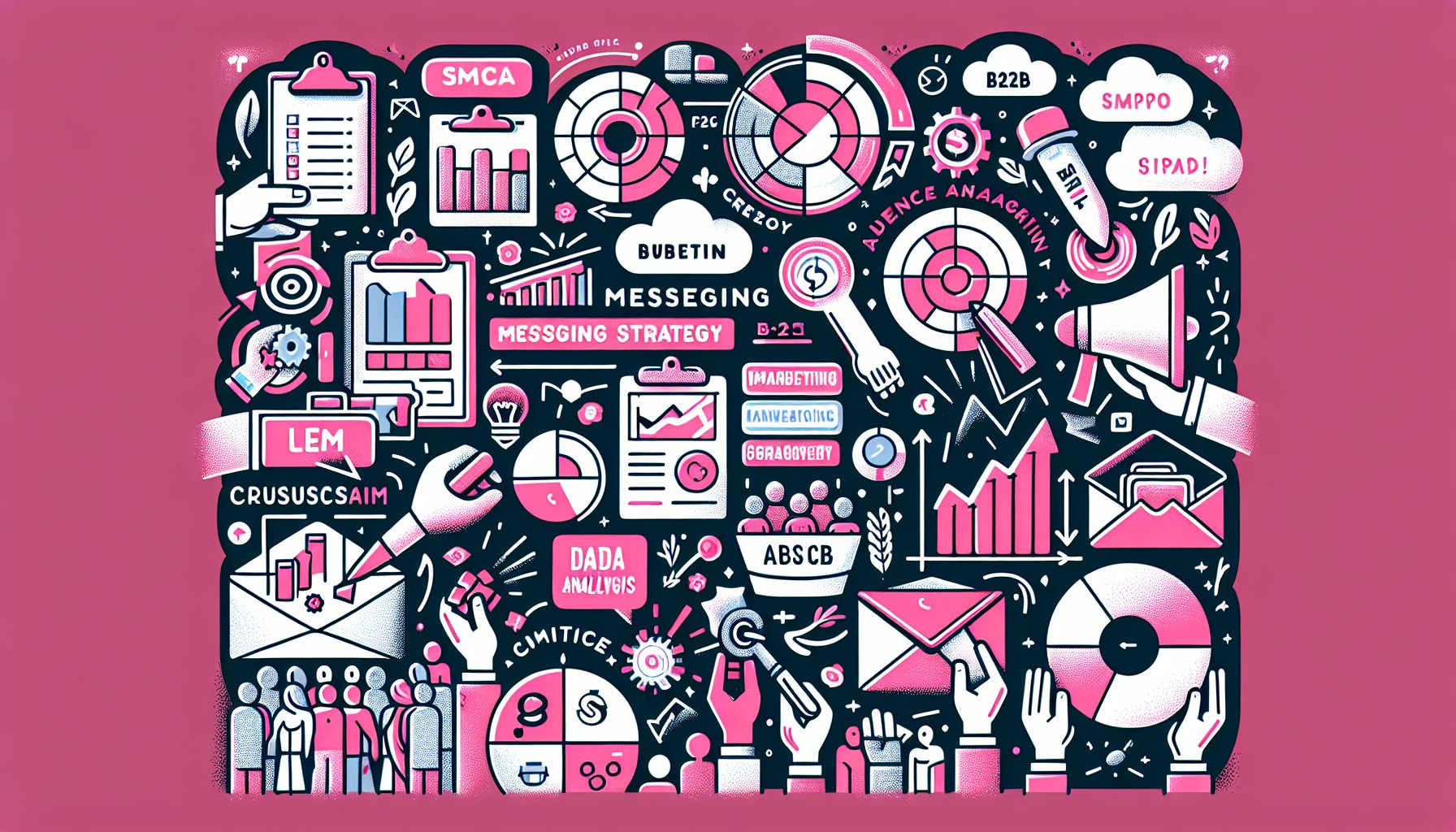
TL;DR: In the ever-shifting landscape of business, regularly revisiting your messaging strategy is crucial to staying relevant and resonant with your audience. It's not just about what you say, but how, when, and to whom you say it. The dance between change and consistency requires a blend of analytics, feedback, cultural awareness, and strategic resets to ensure your messaging remains impactful and aligned with your company's values and goals.
1. The Message Maze
Navigating today's business world feels like trying to escape a labyrinth. In this digital jungle, a sharp messaging strategy is your compass. COVID-19 didn't just rearrange the furniture; it bulldozed the entire room, reminding us that adaptability isn't just helpful, it's essential. The heart of your messaging should beat in time with the needs of your audience, but many companies resist change like a toddler at naptime. According to change management guru David A. Shore, it's not the strategy's spreadsheets but the human stories that cause hiccups. So, before you tear down the walls, start by asking: Do our values speak to our audience's hearts?
The modern B2B buyer's journey is as tangled as a set of holiday lights. Decisions now play out like an epic drama involving multiple stakeholders, each with a say. To keep from being the villain in this narrative, your messaging must embrace diversity, of opinion, of need, of vision.
With tech and communication channels evolving faster than a trending TikTok, your messaging has to not only play catch-up but also predict where the game is headed next. The winners in this mess of dynamic change are those who treat their messaging like a jazz player's set, improvised yet mindful. A well-tuned strategy doesn't just survive the chaos; it thrives in it, keeping in step with an audience that's always shifting.
2. The Shifting Sands
Imagine market dynamics as a relentless tide, sometimes gently nudging, other times dragging you under. The pandemic was that giant wave, demanding businesses adapt or sink. Those agile enough to pivot in record time thrived. Yet, businesses can be stubborn beasts, resisting change even when it's the lifeline dangling before them.
B2B marketing isn't immune to these shifts. The consensus decision-making model now reigns supreme, making once-effective messaging strategies as outdated as a rotary phone. The stakes? Missed sales and a reputation left in tatters if you don't adjust your message to suit this new, multifaceted audience.
David A. Shore isn't whispering sweet nothings when he talks about the human side of change. It's a dance of leadership and empathy, not just checking boxes. Engage both your teams and your market, and you will not only weather the storm but steer through it with grace.
3. The Pulse Check
Getting a read on your messaging's effectiveness is as vital as checking your pulse when you feel a fever coming on. Data analytics, social media monitoring, and A/B testing are your stethoscopes, revealing what's hot and what's not. Take that wellness brand analyzing its blog traffic, finding gold in posts about specific ingredients. Data doesn’t lie; it points the way.
Social media chatter, parsed through tools like Hootsuite, can guide you like a lighthouse through consumer sentiment seas. When one tech startup faced backlash over complicated product descriptions, they adjusted their messaging and saw a bump in both smiles and sales.
In tandem, qualitative feedback, surveys, focus groups, offers depth that data alone can't. It's the difference between surviving and thriving in a marketplace that's more dynamic than a reality TV season finale.
4. Frequency Falls: How Often Is Too Often?
In a world that moves at the speed of a meme, the temptation to constantly tweak your messaging strategy is immense. But too much change can leave you sounding like a broken record. Look at that tech company endlessly switching its tune every quarter. Instead of being agile, they ended up with a case of whiplash. Employees burned out, and customers couldn't keep up. That's not pivoting; that's spinning.
The key is an agile mindset, consistently checking in, not chaotically switching lanes. Don’t just adapt to change; anticipate it. Strike the right balance and ensure your voice isn’t just crying out in the wilderness but resonating with your audience where it matters.
5. The Feedback Loop: Engaging Stakeholders for Insights
Stakeholders aren't just names in your contact list; they're your messaging strategy's lifeline. Creating a robust feedback loop turns insight into inspiration. Proforma LBP Marketing Concepts knows this well. They analyze client feedback, adjusting to better serve both power users and newcomers alike. Feedback isn’t a critique; it’s a catalyst.
Don't overlook internal voices, either. Those on the front lines can offer insights that data points may miss. This engagement is about cultivating a culture that doesn't just change but evolves, creating a partnership rather than a transactional relationship.
6. The Tech Tango: Using Analytics to Pivot Your Message
The dance of analytics and messaging is like tango, intricate and perfectly attuned. During the COVID-19 crisis, companies that leveraged data didn’t just survive; they thrived, pivoting to meet new demands.
A tech company used analytics to pivot from in-person solutions to virtual ones. This wasn’t just adaptation, it was a masterclass in timing. But it’s not just about having data; it’s about making it dance. Leaders need to shepherd this cultural shift, weaving data into the fabric of their messaging strategy to ensure it remains not just reactive but anticipatory.
7. Crisis Communication
When the world throws you curveballs, pandemics, economic shifts, you need a crisis communication strategy that's as adaptable as a yoga instructor. Consider the local restaurant that used this approach to stay afloat during COVID-19. Transparent communication built empathy and support, transforming potential disaster into brand loyalty.
Ignoring the need for such a strategy can leave you floundering. Effective crisis communication is about people skills, as Shore notes, not just sending memos. During crises, staying connected with your audience through authentic, transparent messaging can make all the difference.
8. Cultural Currents: How Social Movements Influence Messaging
In an era where social movements have the power to redefine brand narratives, authenticity becomes key. Take Patagonia; they didn't just talk the talk on environmental issues, they walked the walk. They didn’t just align with the movement; they embodied it, earning loyalty.
Conversely, brands that engage in "performative activism" can face backlash. Inauthenticity is quickly sniffed out in today’s climate, where customers value alignment with their beliefs. It’s not just about revising your message; it’s about living it.
9. The Future Forecast: Anticipating Change in Messaging Trends
Anticipating future messaging trends is akin to having a crystal ball in business. The B2B buyer's landscape has evolved, requiring messages that resonate with diverse buying committees. Leaders must champion this change, guiding teams to adapt quickly to audience shifts, just as successful companies did during the pandemic.
Digital tools play a huge role here. As non-human interactions rise, integrating digital insights into your messaging strategy becomes imperative. The brands that foresee these changes and adapt accordingly are the ones set to thrive.
10. The Reset Button
Sometimes, the best strategy is a hard reset. When messaging no longer reflects who you are, it's time to start from scratch. This isn't failure; it's reinvention. Ask yourself: Does our current messaging reflect our values and meet our audience's evolving needs? If not, it’s time to hit that reset button and redefine your narrative.
Starting from scratch isn't about erasing the past; it's about learning from it. Engage your team in this journey, inviting diverse perspectives to ensure your new message resonates deeply and authentically. This deliberate reinvention can become the catalyst for revitalizing your brand’s connection with its audience.
In this kaleidoscope of change, your messaging strategy must be dynamic yet consistent, adapting without losing sight of your core values. Embrace the challenge, and let your brand's voice sing in harmony with the ever-evolving expectations of your audience.

Need Help?
Check out these related products that can help:

